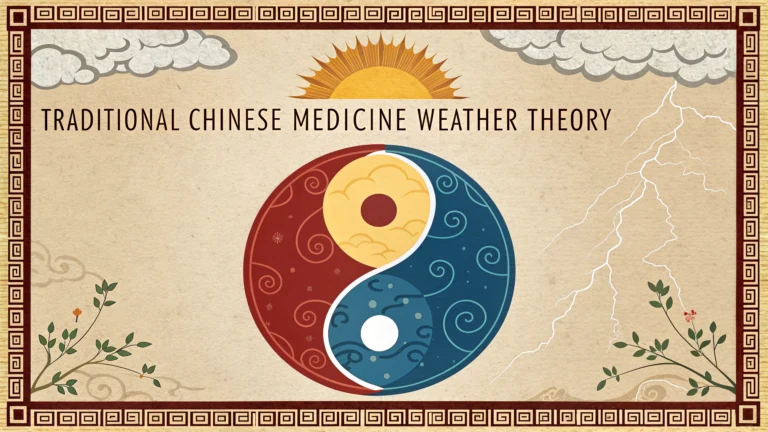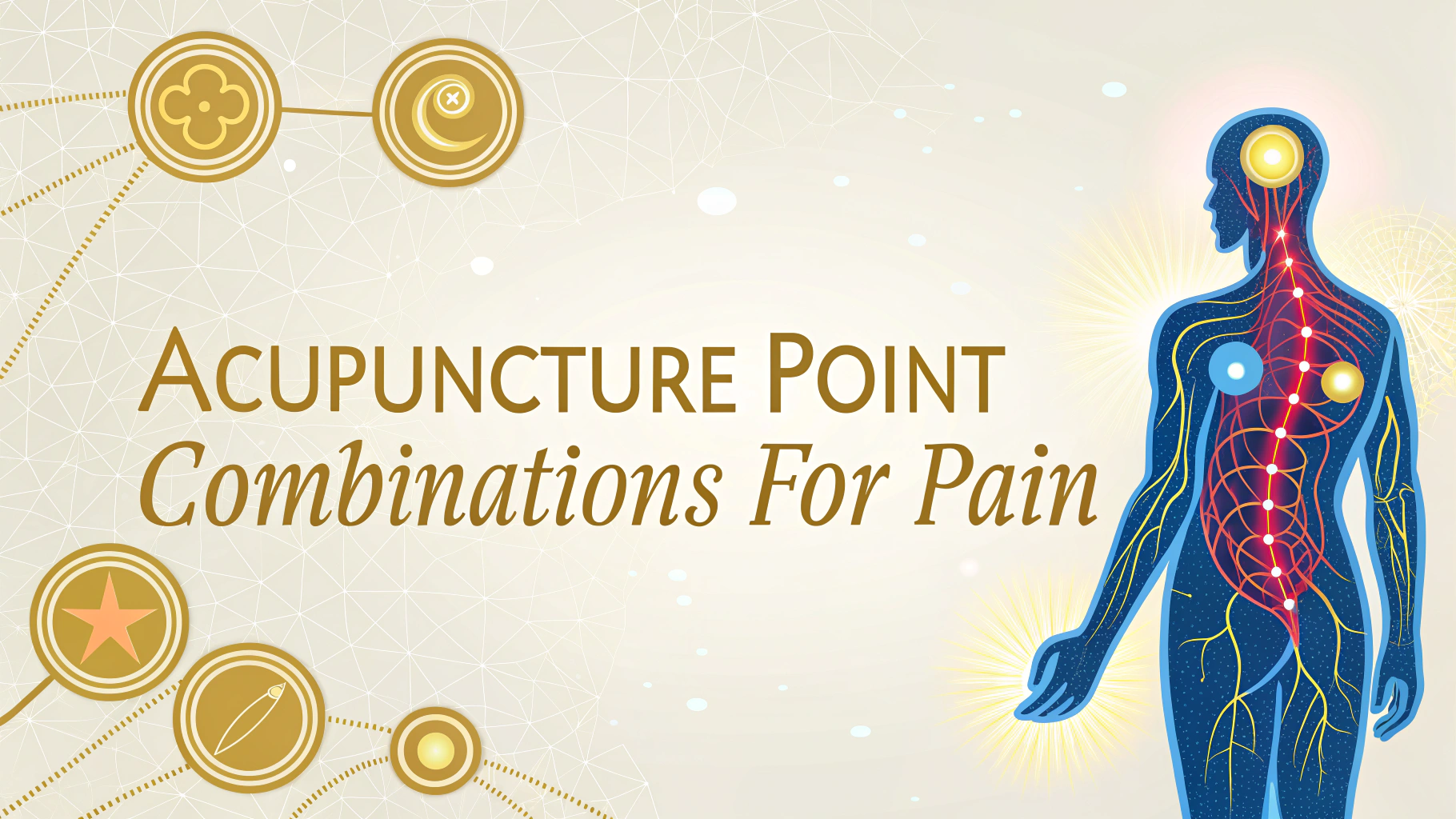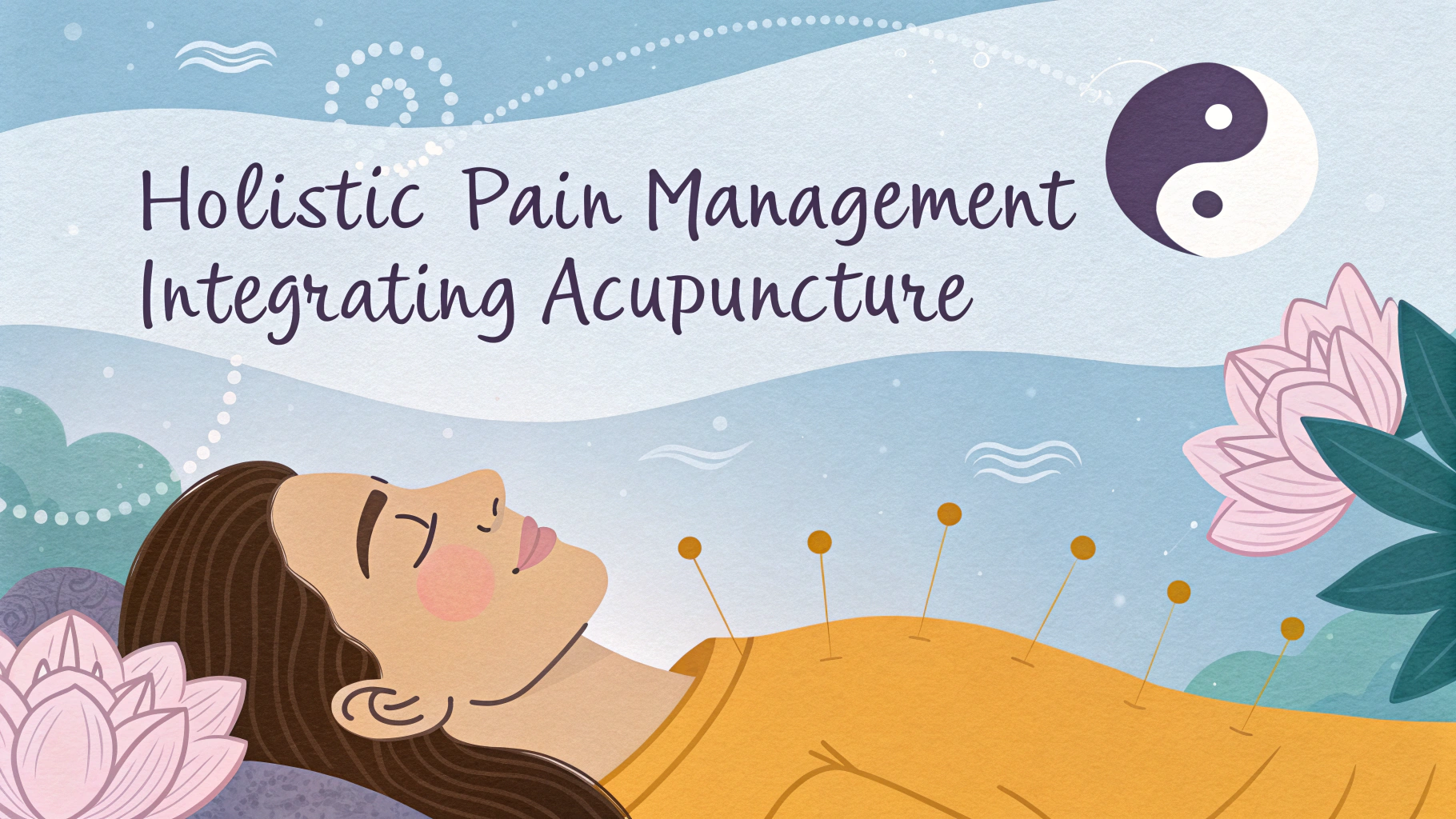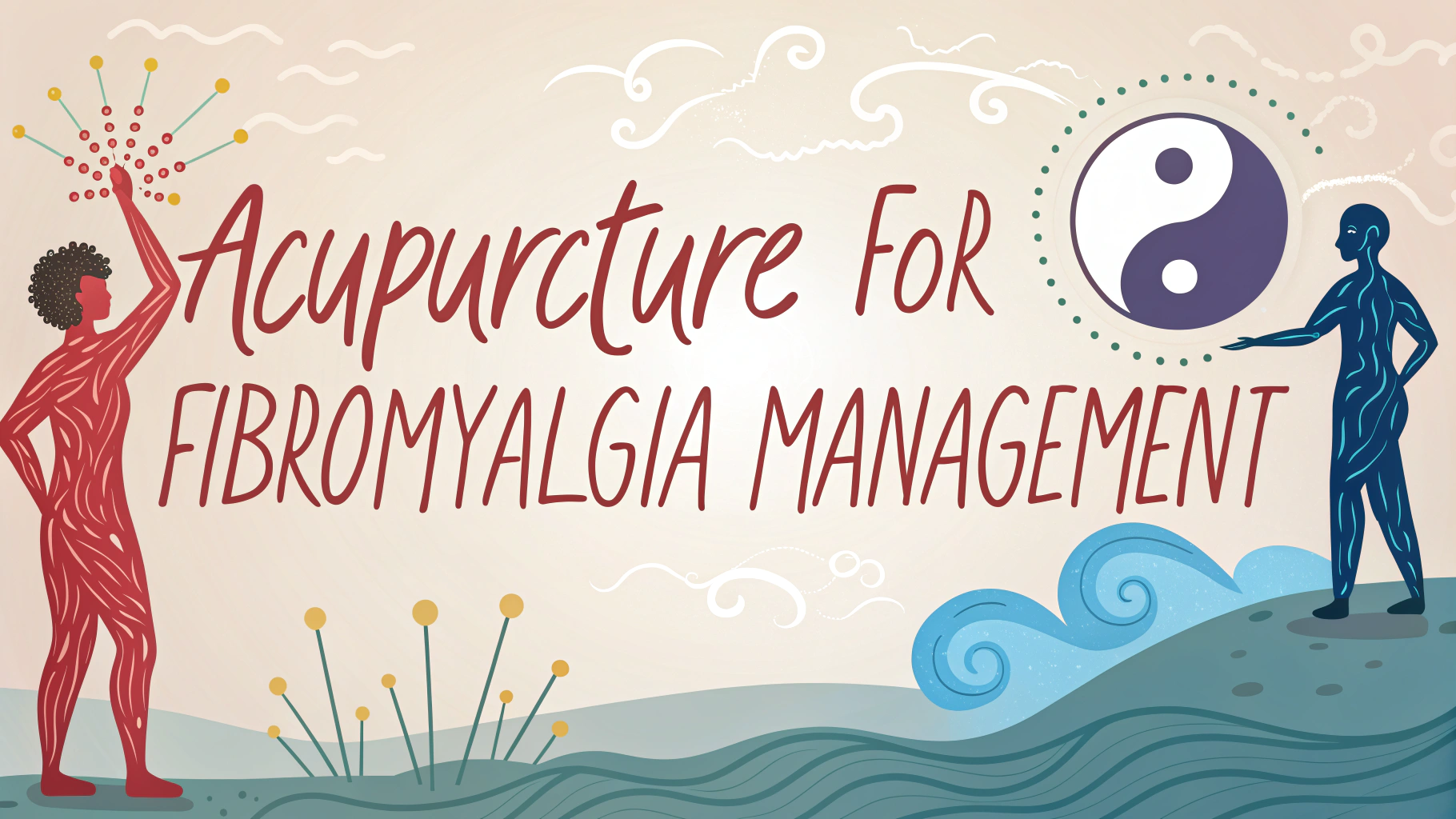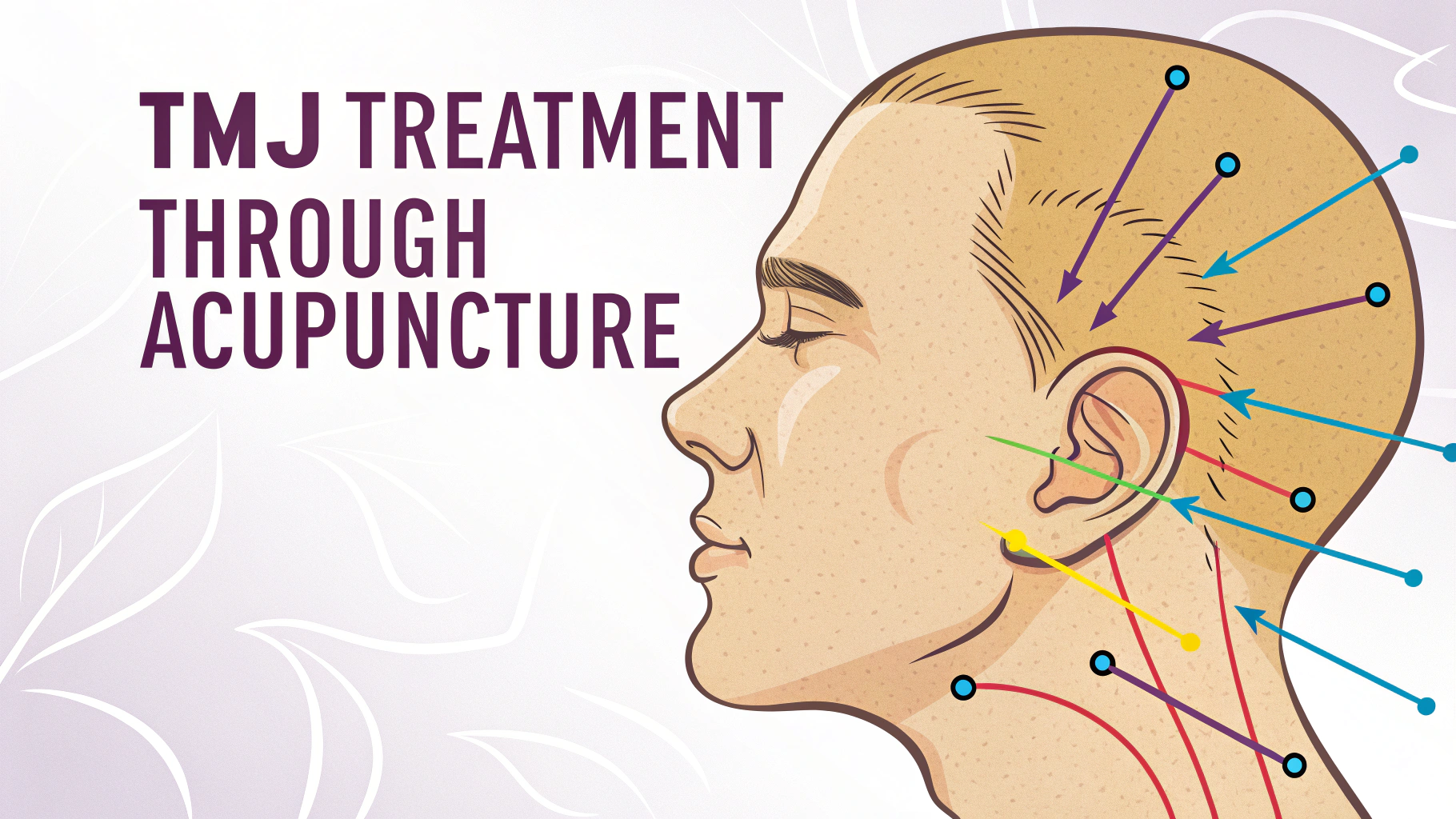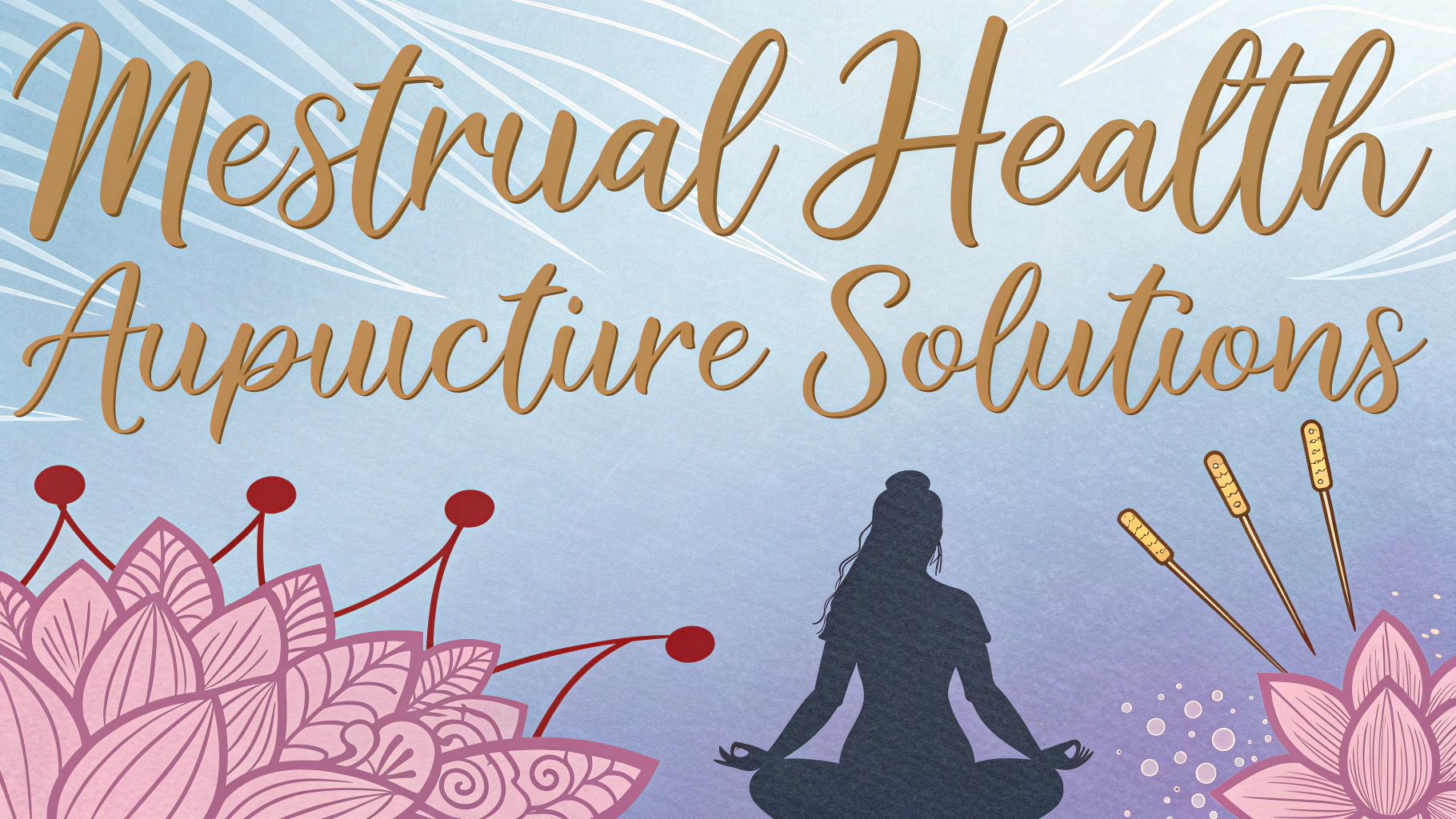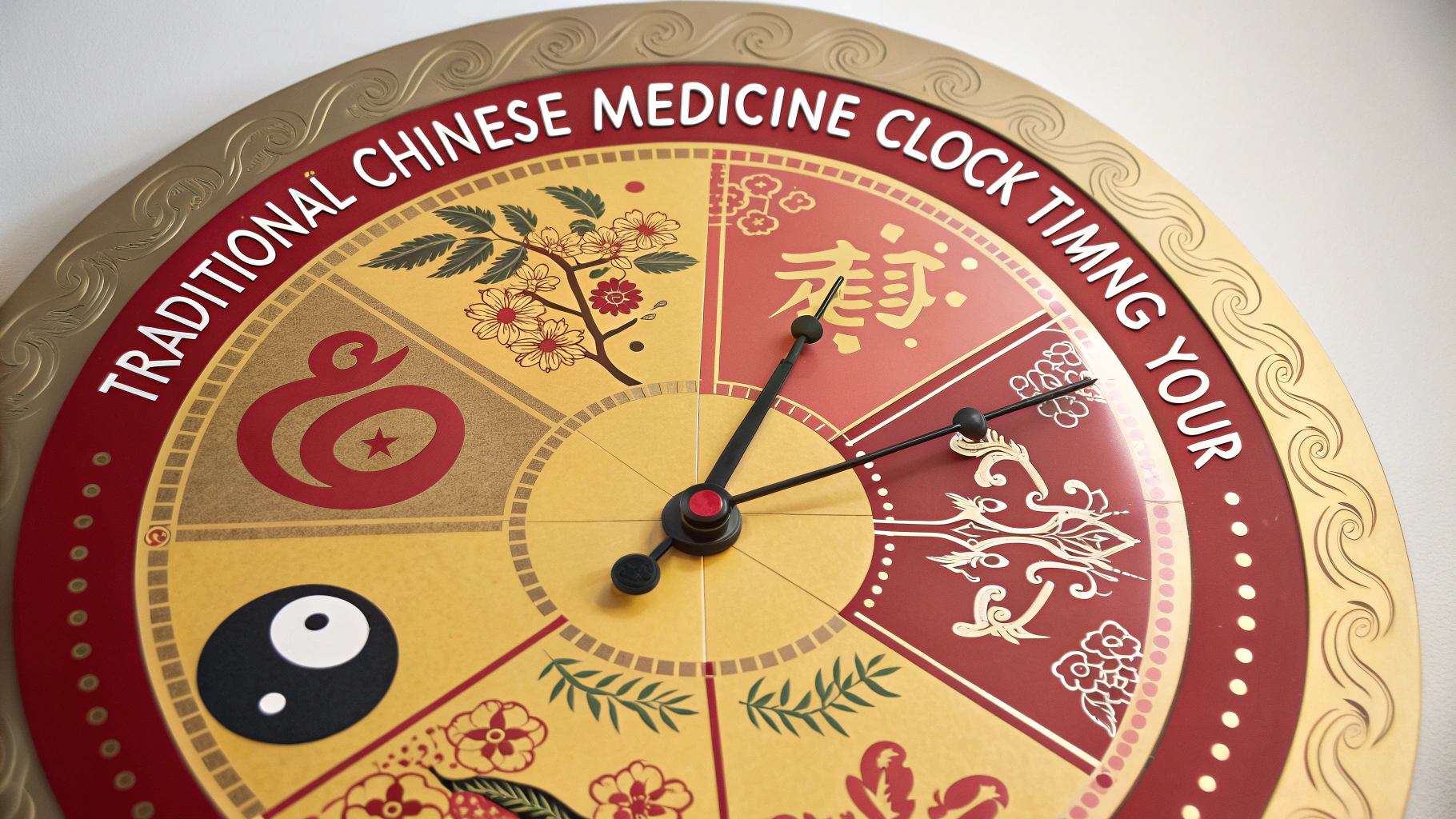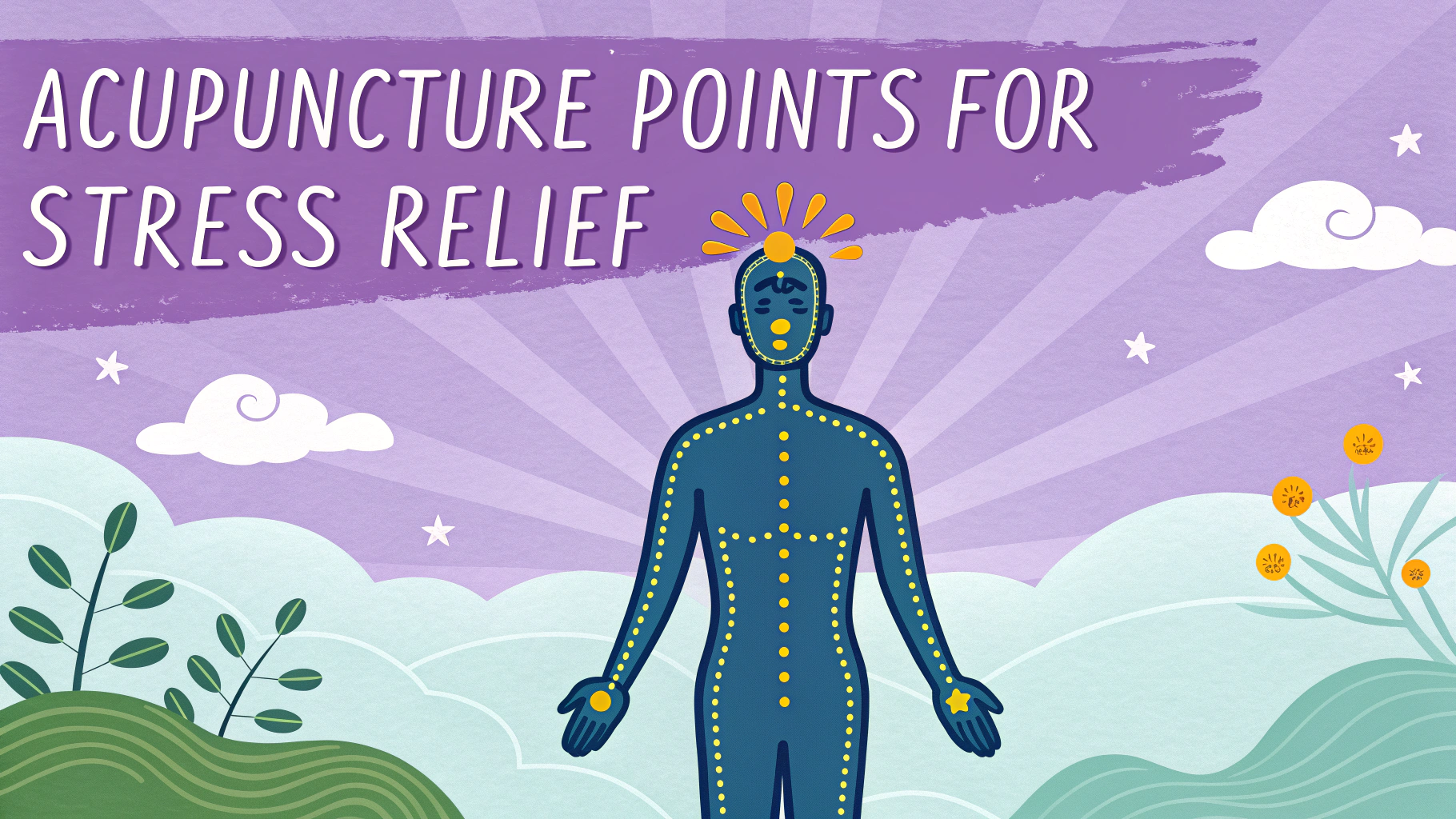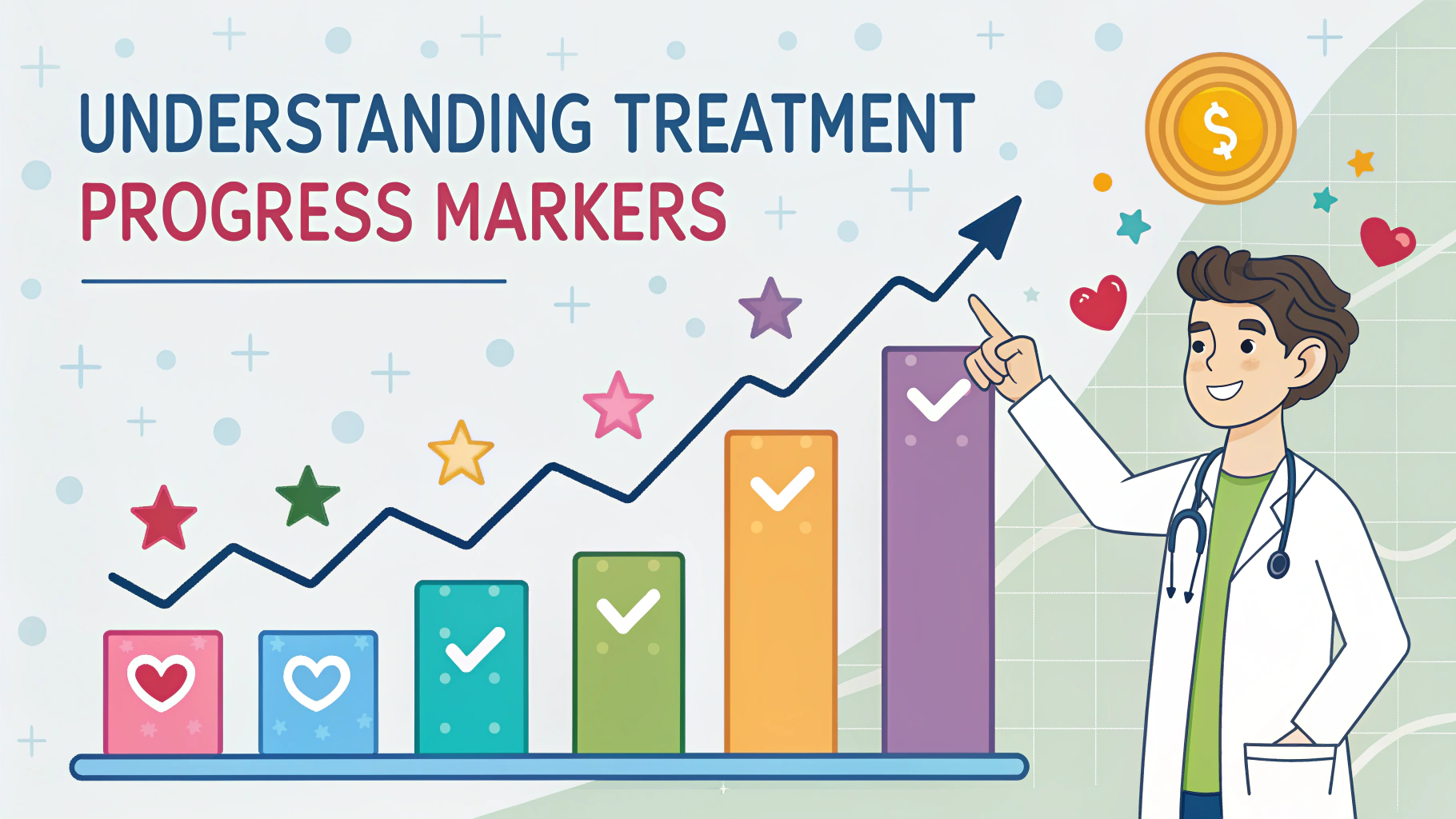Traditional Chinese Medicine recognizes 12 primary meridians that carry vital energy (Qi) through the body, forming an intricate network that connects our organs, tissues, and systems.
Acupuncture meridians serve as invisible pathways where practitioners insert thin needles at specific points to restore balance and promote healing.
Understanding these energy channels helps explain how treating one area of the body can affect seemingly unrelated regions and functions.
The 12 Primary Meridians
- Lung Meridian (LU) – Runs from chest to thumb, governing respiration and immunity
- Large Intestine (LI) – Flows from index finger to face, supporting elimination and skin health
- Stomach (ST) – Travels from face to feet, controlling digestion and nutrition
- Spleen (SP) – Extends from feet to chest, managing blood and energy metabolism
- Heart (HT) – Connects heart to pinky finger, influencing emotional well-being
- Small Intestine (SI) – Runs from pinky to face, affecting nutrient absorption
- Bladder (BL) – Longest meridian, from head to toes, supporting elimination
- Kidney (KD) – Flows from toes to chest, governing water balance and reproduction
- Pericardium (PC) – Chest to middle finger, protecting the heart
- Triple Warmer (TW) – Ring finger to face, regulating temperature
- Gallbladder (GB) – Face to toes, supporting decision-making
- Liver (LV) – Toes to ribs, maintaining smooth energy flow
Common Treatment Points
| Point Name | Location | Benefits |
|---|---|---|
| LI4 | Hand | Headache relief, pain management |
| ST36 | Below knee | Digestive support, energy boost |
| PC6 | Inner forearm | Nausea relief, anxiety reduction |
| LV3 | Top of foot | Stress relief, menstrual pain |
Finding Qualified Practitioners
Look for certification from the National Certification Commission for Acupuncture and Oriental Medicine (NCCAOM) when selecting an acupuncturist.
Contact your state’s acupuncture board through the NCCAOM directory at www.nccaom.org to verify credentials.
Treatment Preparation Tips
- Eat a light meal 2 hours before treatment
- Wear loose, comfortable clothing
- Avoid alcohol or caffeine before sessions
- Bring a list of current medications
- Plan for rest after treatment
Expected Results and Timeline
Acute conditions may show improvement within 1-3 sessions.
Chronic conditions typically require 6-12 treatments for significant results.
Next Steps for Your Healing Journey
Schedule a consultation with a certified practitioner to discuss your specific health goals and create a personalized treatment plan.
Consider combining acupuncture with other complementary therapies like cupping or herbal medicine for enhanced results.
Track your symptoms and progress throughout treatment to help evaluate effectiveness.
Insurance Coverage
Many insurance providers now cover acupuncture treatments, especially for chronic pain management. Check with your provider about:
- Number of covered sessions per year
- Required documentation or referrals
- In-network practitioners
- Copayment requirements
Safety Considerations
While acupuncture is generally safe, be aware of these important factors:
- Inform practitioner about pregnancy or bleeding disorders
- Ensure sterile, single-use needles are used
- Report any unusual symptoms during treatment
- Discuss medication interactions
Complementary Practices
Lifestyle Modifications
- Regular exercise
- Stress management techniques
- Balanced nutrition
- Adequate sleep
Additional Therapies
- Qi Gong
- Tai Chi
- Chinese herbal medicine
- Meditation
Embracing Traditional Healing Wisdom
Understanding and utilizing meridian theory can transform your approach to health and wellness. Regular acupuncture treatments, combined with lifestyle modifications, create a foundation for long-term vitality and balance.
Start your healing journey by researching qualified practitioners and preparing questions about how meridian therapy can address your specific health concerns.
Remember that healing is a process – stay committed to your treatment plan and maintain open communication with your healthcare providers for optimal results.
FAQs
- What are acupuncture meridians and why are they important?
Acupuncture meridians are energy pathways or channels in the body through which qi (vital energy) flows. They connect various parts of the body and are essential for maintaining health and balance in Traditional Chinese Medicine (TCM). - How many main meridians are there in the body?
There are 12 primary meridians that run bilaterally through the body, corresponding to specific organs, plus two central vessels – the Governing Vessel and Conception Vessel – making a total of 14 main meridians. - What conditions can be treated through meridian-based acupuncture?
Meridian-based acupuncture can treat various conditions including chronic pain, migraines, anxiety, digestive issues, respiratory problems, hormonal imbalances, and musculoskeletal disorders. - Does acupuncture meridian treatment hurt?
Most patients experience minimal discomfort during treatment. While some points may cause a brief sensation of tingling, numbness, or mild aching (known as “de qi”), the needles are very thin and most treatments are generally painless. - How long does a meridian acupuncture session typically last?
A typical session lasts between 30-60 minutes, with needles usually remaining in place for 20-30 minutes. The exact duration depends on the condition being treated and individual patient needs. - How many acupuncture sessions are typically needed to see results?
Most conditions require 6-12 sessions for optimal results. Acute conditions may respond in 2-4 sessions, while chronic conditions might need ongoing maintenance treatments. - Can meridian acupuncture be combined with other treatments?
Yes, meridian acupuncture can be safely combined with other treatments including Western medicine, physical therapy, massage, herbal medicine, and other complementary therapies. - Are there any side effects to meridian-based acupuncture?
Common minor side effects may include slight bruising, minor bleeding at needle sites, or temporary fatigue. Serious side effects are rare when treatment is performed by a licensed practitioner. - How does mapping meridians help in diagnosis and treatment?
Meridian mapping helps practitioners identify blockages or imbalances in energy flow, determine appropriate treatment points, and understand the interconnections between symptoms and their root causes in different body systems. - What should I do to prepare for an acupuncture meridian treatment?
Eat a light meal beforehand, wear loose comfortable clothing, avoid alcohol and caffeine, and arrive early to complete medical history forms and relax before treatment.
